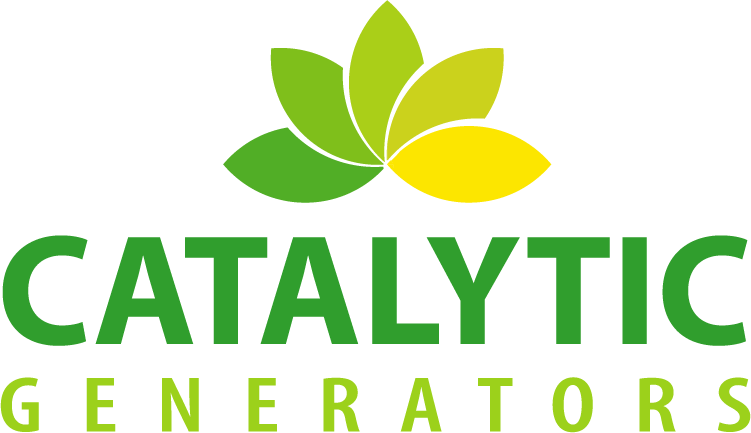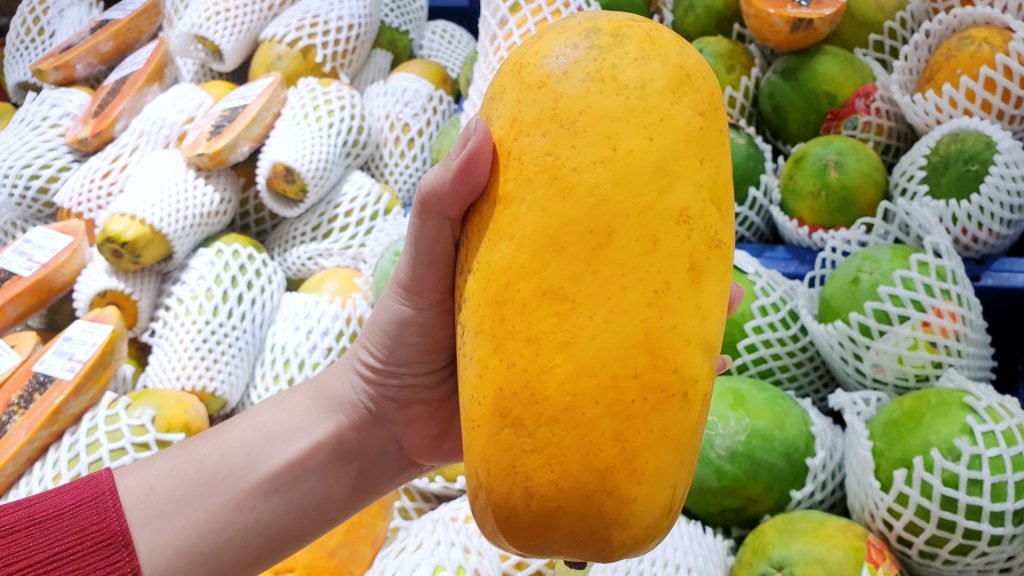Best Practices for Ripening Papayas
Papayas can be found year-round at your local grocer, thanks to strategic ethylene application. Ethylene generators from Catalytic Generators will help to turn dark green papayas to a golden yellow color when ripened. To perfect the papaya ripening process by ethylene application, ripeners should follow the suggested protocols listed below:
Determine the fruit maturity when received. The degree of maturity in papayas is related to external color development and will indicate whether the papaya should be exposed to ethylene. Papayas that are fully mature at harvest should not be ripened with ethylene if they are to be stored for an extended period. Papayas of ¼ to ½ yellow color minimum will benefit from a treatment of ethylene with an improvement in texture and color. Papayas that are immature (green) can ripen but will never develop good flavor. Other physical changes that are associated with papaya ripening include a decrease in flesh firmness, increased juiciness, and increased aroma volatiles.
Strategically place papayas within ripening rooms. If not using pressurized ripening rooms, then air stack the boxes (at least 2″ between boxes) to ensure proper air circulation. Leave 1½ feet between walls and pallets and about 6″ between pallets.
Utilize temperature and humidity management. Fruit temperature is the most important factor in papaya ripening. Ripening occurs faster when papayas have been previously held at low temperatures. Depending upon desired shipping time, bring the pulp temperature to the range of 72 to 82°F (22 to 27.5°C) for the best color development. The temperature within the room during ethylene application should be between 20 to 25°C (68 to 77°F); if the temperature goes above 86°F (30°C), ripening will be stalled.
Once ripened, papayas can be kept at 50 to 55°F (10 to 13°C) and 90 to 95% relative humidity for up to 1 week. The optimal relative humidity range to prevent excessive water loss and shrivel is at least 90% relative humidity.
Apply ethylene and vent ripening rooms. Apply 100 ppm ethylene for 24-48 hours (actual time of exposure to ethylene is determined by the maturity of the fruit; a yellowing of fruit color indicates that the papayas are producing ethylene and the generator is no longer needed) to induce faster and more uniform ripening, provided that carbon dioxide is kept below 1% by ventilating the rooms with outside air once per day. Rooms should be vented by opening doors or controlled fan exhaust ventilation for 20 minutes every 12 hours to flush out carbon dioxide and bring in oxygen.
Apply 100 ppm ethylene for a minimum of 24 hours during the initial phase of the ripening cycle. To achieve this, the generator setting will depend on the size of the ripening room. See our Operating Instructions.
Please note that all rooms vary in terms of how air-tight they are, so if more precise PPM determination is required, air testing for ethylene PPM levels is recommended.
Following these best practices will result in better papaya color, texture, and overall quality. Papayas have been ripened successfully for some time by using Catalytic Generators and Ethy-Gen® II Ripening Concentrate to produce ethylene in the ripening room. For more information regarding ethylene application, contact Catalytic Generators here.
Sources:
Brecht, Jeff. “Ripening Mangos & Papayas.” UC Davis Postharvest Technology Center, UC Davis Postharvest Technology Center, 19 Apr. 2017, postharvest.ucdavis.edu/files/261290.pdf (Accessed May 28, 2020).
University of California. “Fruit English.” Fruit English – UC Postharvest Technology Center, 2014, postharvest.ucdavis.edu/Commodity_Resources/Fact_Sheets/Datastores/Fruit_English/?uid=42&ds=798 (Accessed May 28, 2020).


